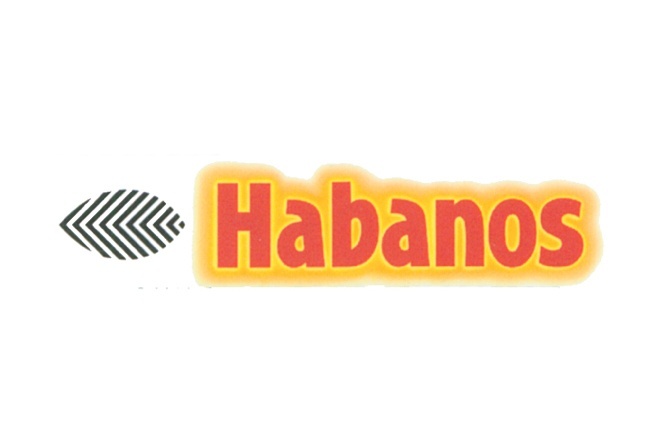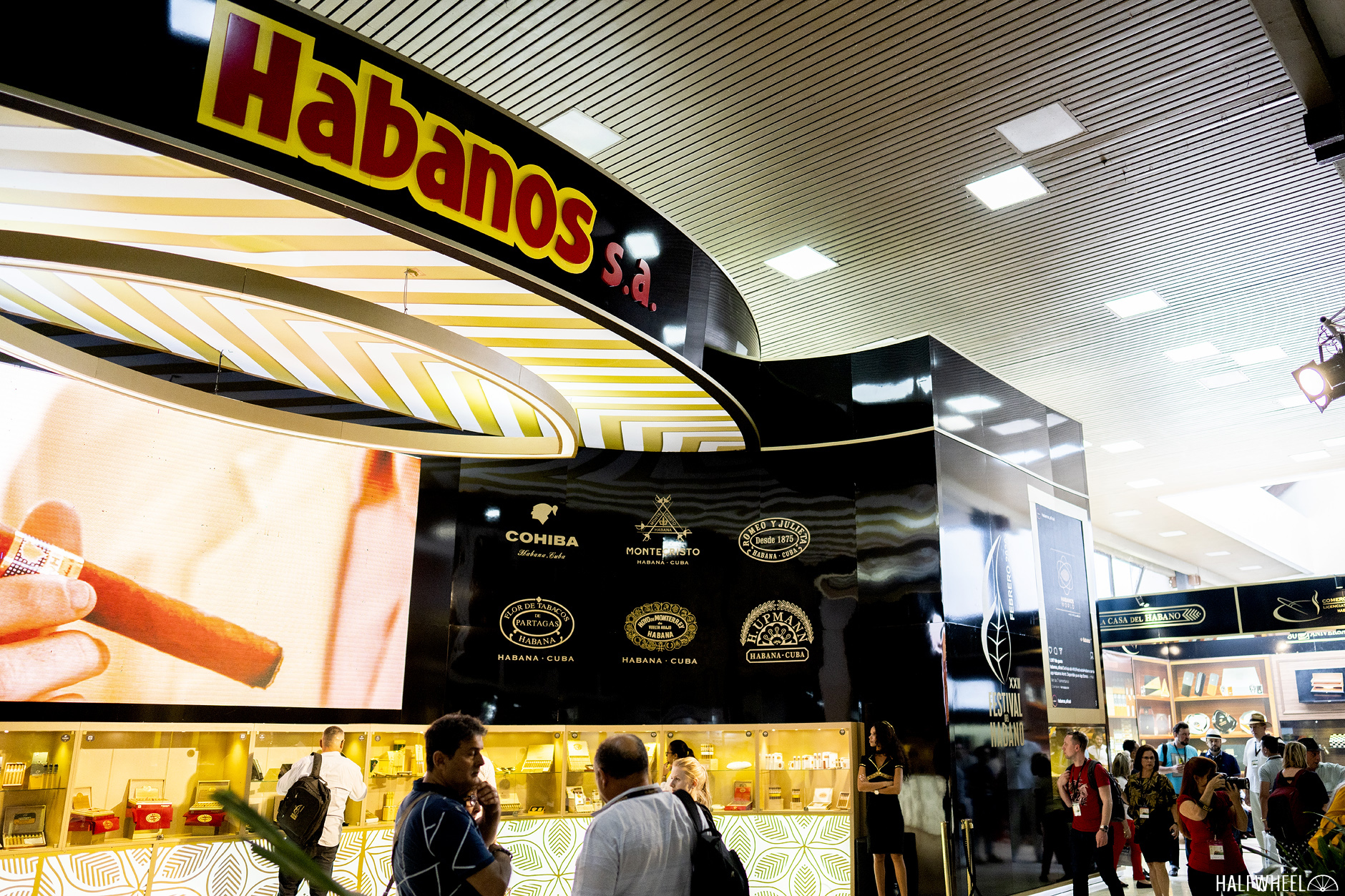In yesterday’s post, I mentioned that for the most part, there are typically very few surprises when it comes to the schedule of events during the Festival del Habano or how each individual event plays out. Sure, there are differences from year to year—for example, at the last Festival in 2020 there was a wine pairing seminar, but this year that has been replaced by a rum pairing—but those differences tend to be fairly minor in scope. I figured that the appearance of the President of Cuba during the opening ceremony of the Festival on Monday would probably be the one major change from the past Festivals and the rest of the events would continue in relatively normal fashion.
Boy, was I wrong.
After missing out on seeing the tobacco fields the day before, my third full day in Cuba started with the usual routine: breakfast of eggs and ham, coffee and fruit. Then it was off to the convention center, where different seminars would take place all day, starting with a lecture titled “La marca Partagás vista a travel de la Vitolfila,” which translates from Spanish to “The Partagás brand through Vitolfila.” The seminar was led by a tag team of historians named Fernando González and Zoe Nocedo, both of whom spent time detailing the history of the Partagás brand: from the locations where the cigars have been rolled over the decades to some of the special vitolas and releases to the different packaging and bands that the cigars have been sold in.
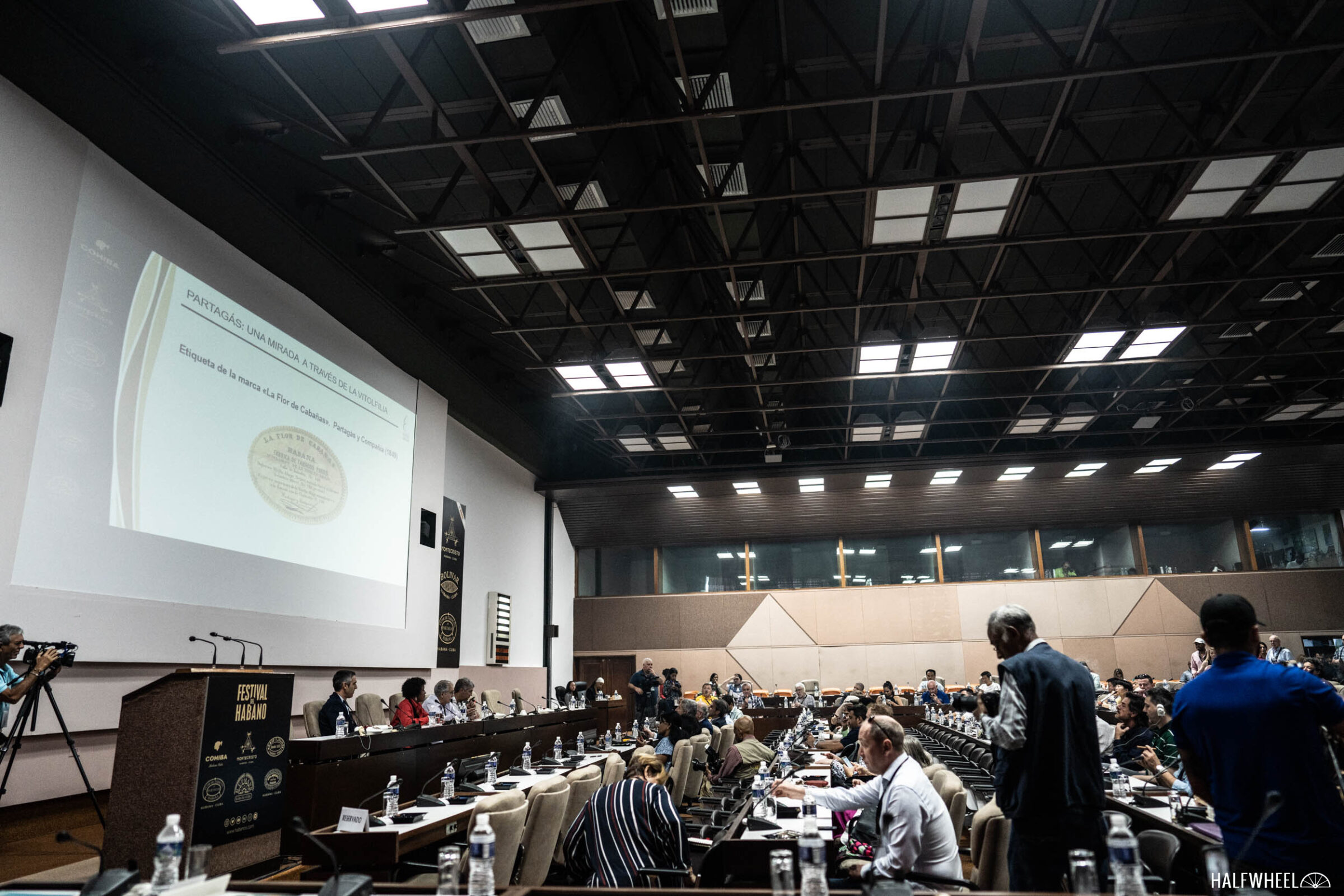
Immediately after that seminar, I was on to Room 1—the largest room in the building by far—where one of the most popular seminars of the annual festival was scheduled to take place, specifically a class on how to roll a cigar.
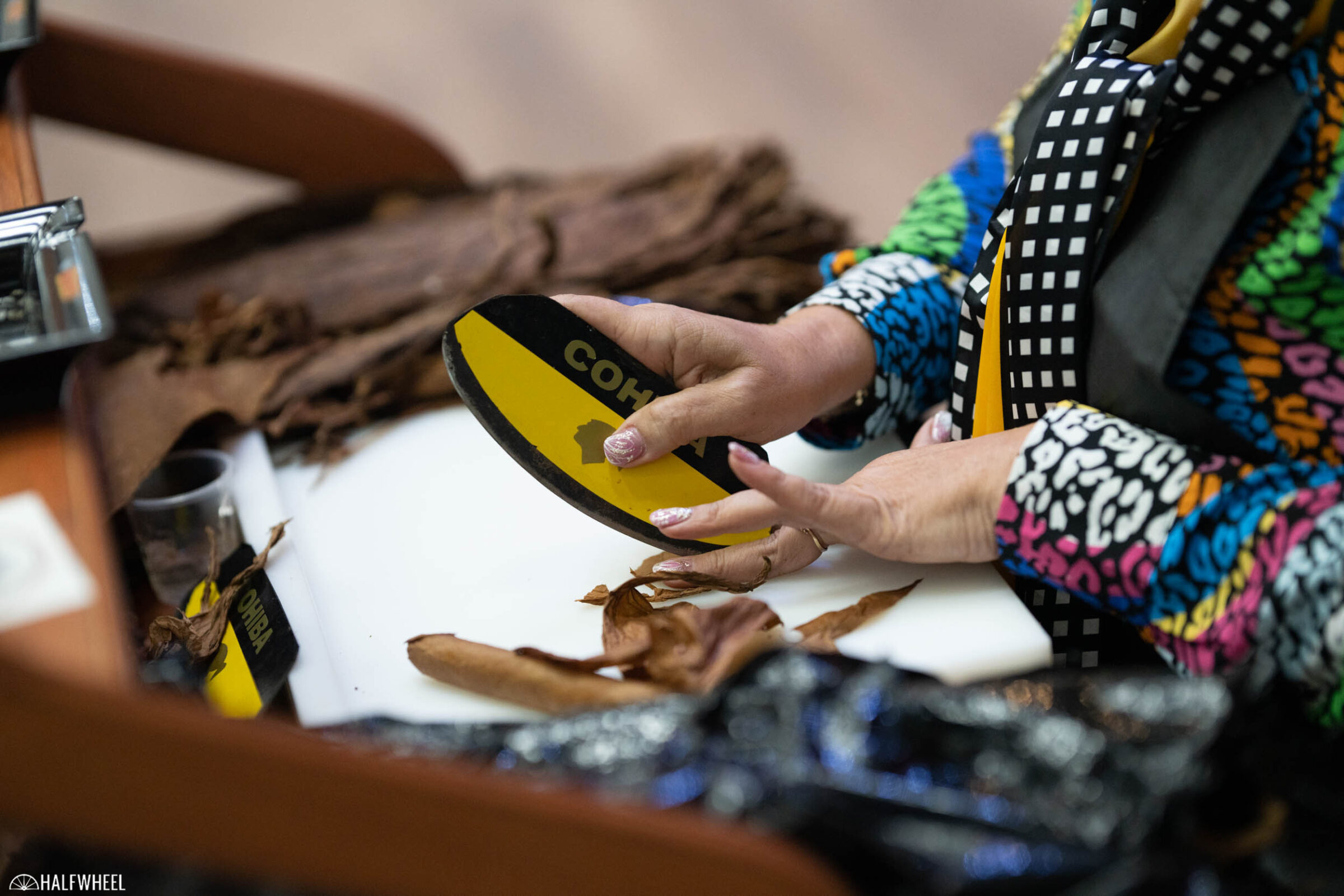
As in years past, each participant was given all of the physical materials needed to roll their own cigar, a list that included not only the seco filler, ligero filler and wrapper tobacco leaves but also a solid wood cutting board, an apron, a branded chaveta to cut the tobacco and cigar glue.
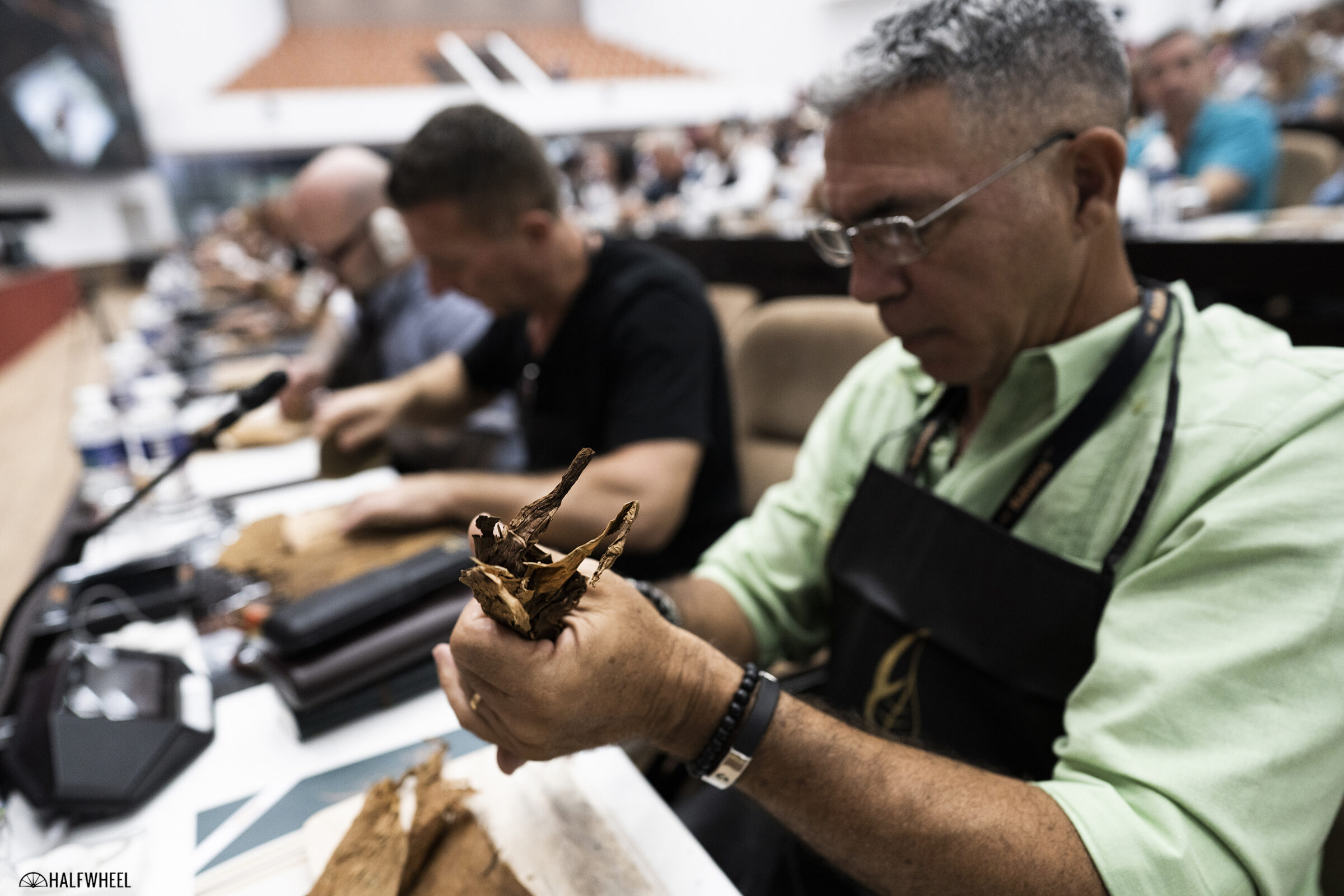
This year, the lecturer was Ana Isel Mederos, who sat on a stage with a camera mounted on a tripod pointing down at her hands. This broadcasted her actions to various screens situated all over the room, allowing people to see her exact actions as she talked about what she was doing.

After a bit of verbal explanation about the rolling process, she launched into details on how each type of tobacco needed to be bunched or rolled with participants mimicking her movements to the best of their varied abilities.
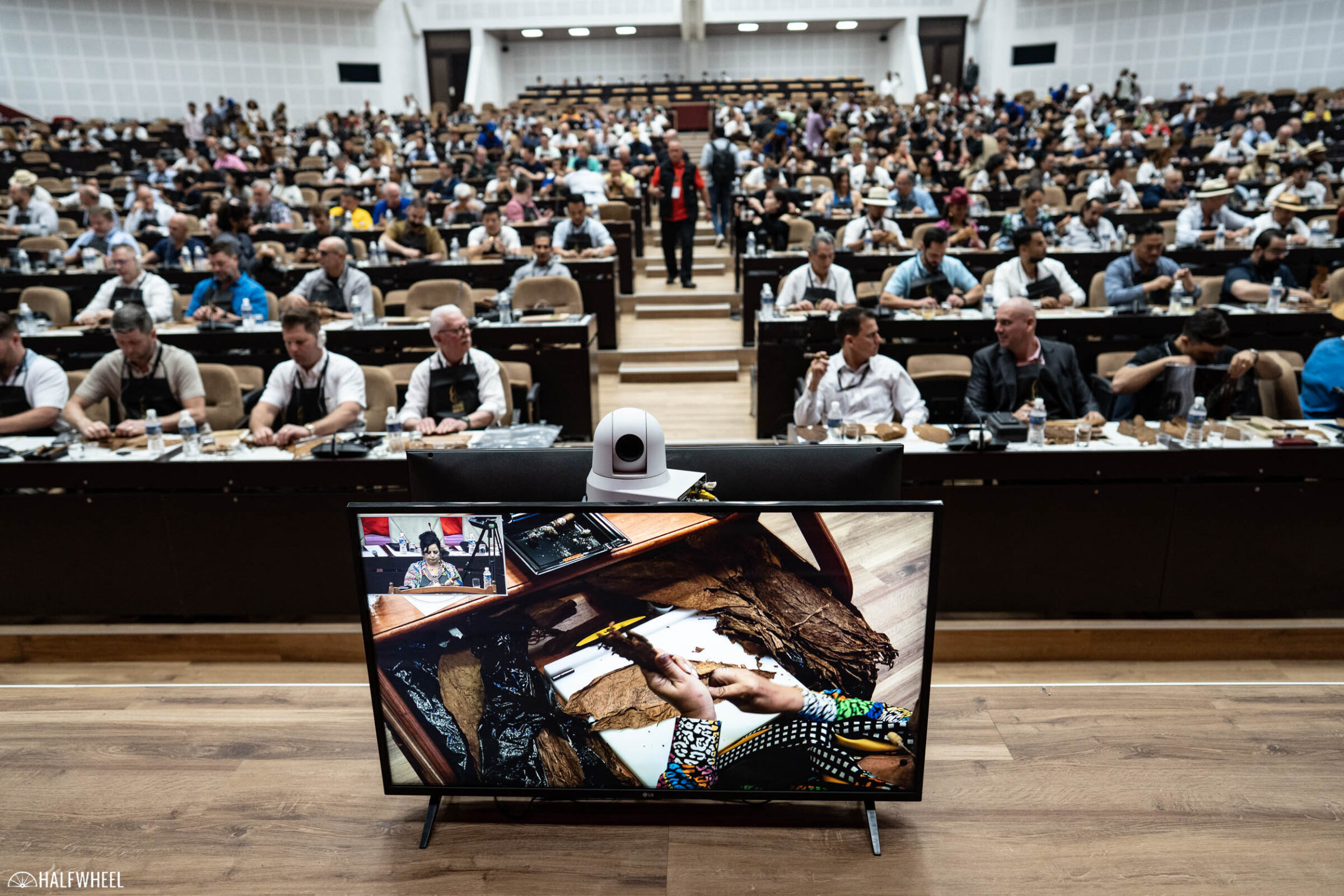
Habanos S.A. chooses a different vitola to roll every year, and this year’s size ended up being a “parejo Habano parejo with tapered head”, i.e. a torpedo, although I did not see specifics on how large the final product should have been. In the end, that did not really matter, as I noticed a huge variation in the actual sizes of the cigars that were produced, from about nine inches long to as short as about four inches long.
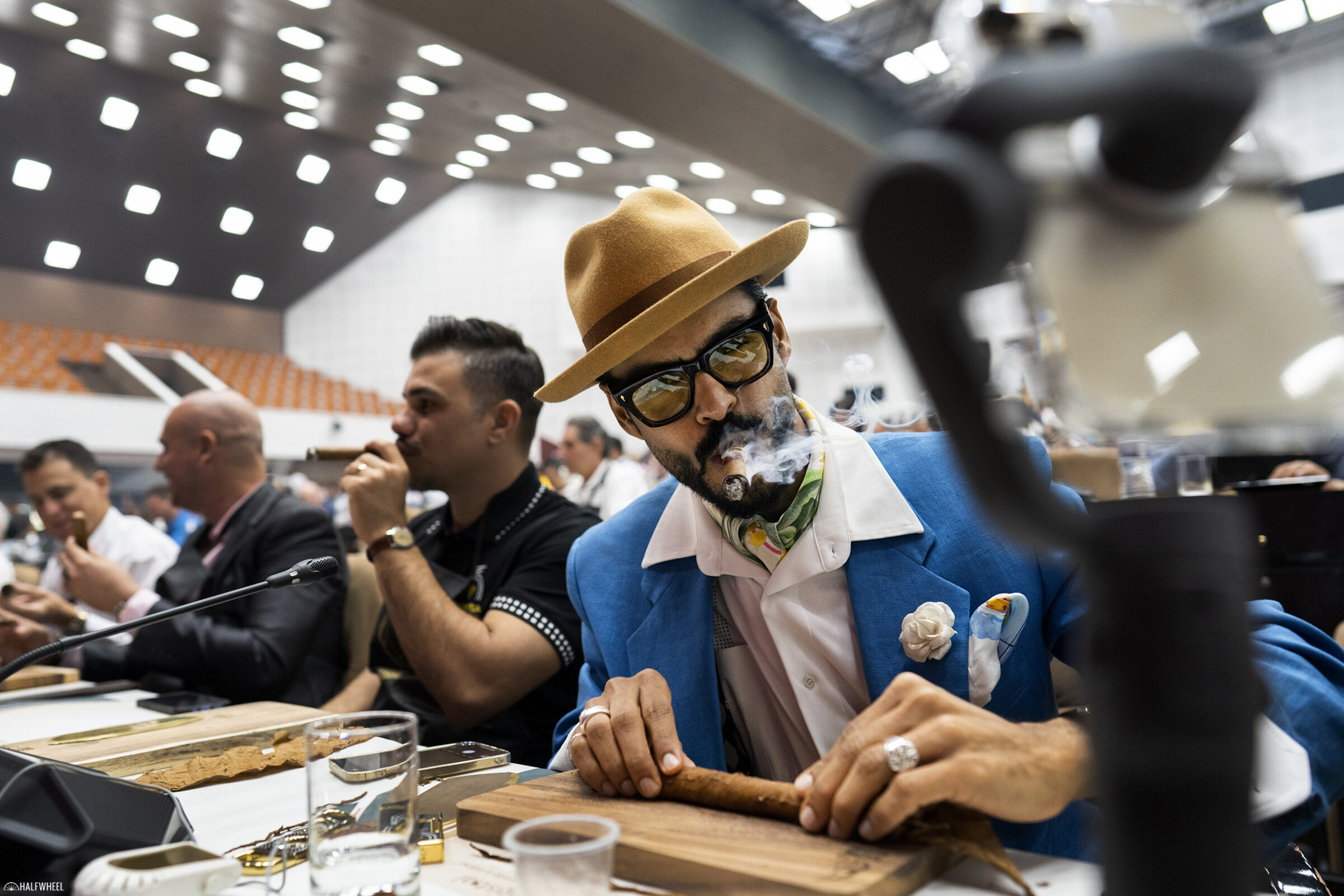
Once again, I, unfortunately, did not have time to try my hand at actually rolling a cigar, but my past attempts have been basically unsmokeable, so no great loss there. With that said, most of the people I saw actually putting effort into their cigars seemed to be doing fairly well, with a few actually looking close to something that might have a band on them.

After a bit of lunch and some good conversation, I walked back to Room 1 to cover the last seminar of the day titled “Habanos Alliance with Sake.” As the name suggests, this was a pairing event involving two Cuban cigars—a Partagás PSD4 and a Hoyo de Monterrey Le Hoyo de Rio Seco—with three different sake variations from Nagai Sake, including Mizubasho Junmai Ginjo Sui.
From a personal standpoint, I enjoyed the entire presentation immensely—I have always found the history of sake and how it is made to be fascinating—but I was fairly unimpressed with how the cigars paired with the sake, at least those choices we were given.
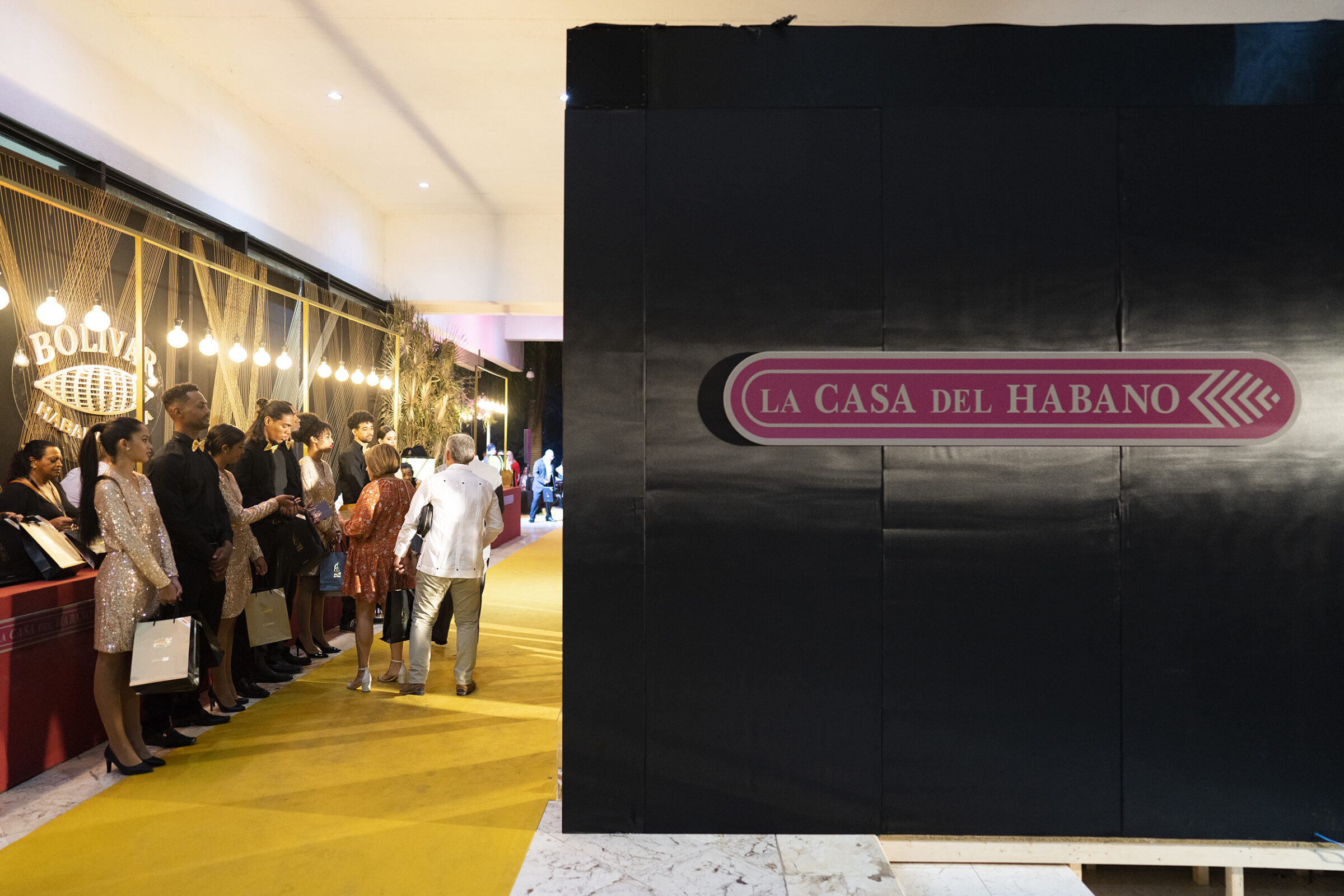
Then it was time to leave the convention center and get ready for the second of three main dinner events taking place during the Festival this week. While the event that was held on Monday night celebrated the release of the Montecristo Open Slam, Wednesday night’s event was dedicated not only to the Bolívar marca, but also to both Habanos Specialist and La Casa del Habano (LCDH) stores, the latter of which is Habanos S.A.’s worldwide network of retailers selling Cuban cigars.
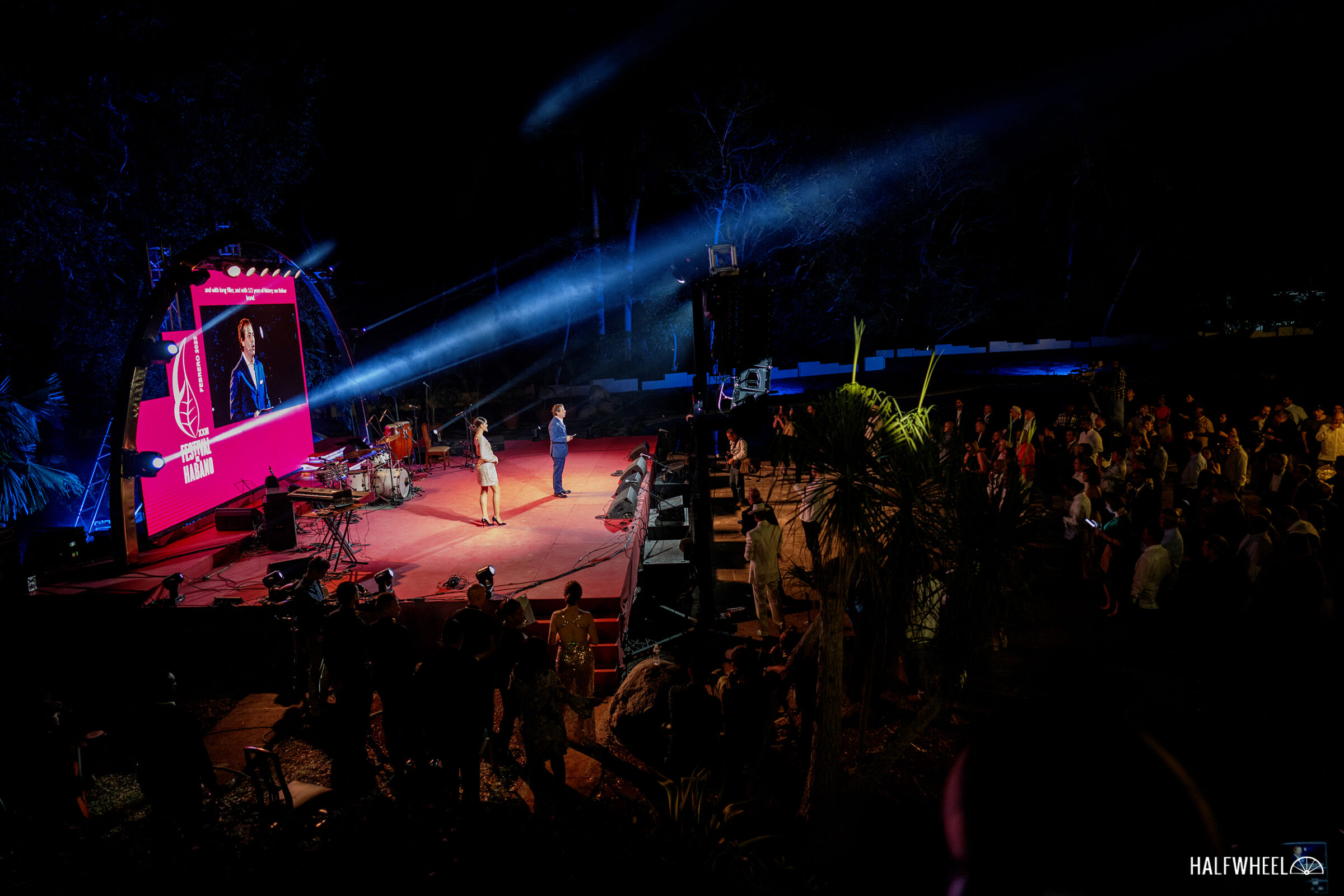
The dinner was held at the El Laguito Reception Hall, which has been the location for different notable Festival del Habano release parties in the past, including the 20th anniversary of the Cuaba marca in 2016 and the debut of the Hoyo de Monterrey Gran Reserva Double Coronas Cosecha 2013 in 2019. However, unlike the last time this venue was used for the release of the Montecristo Herederos in 2020 when only the main floor and inside of the building were utilized, Wednesday’s dinner took advantage of the multiple levels that were available outside, including a pool.
As guests arrived, they were handed a gift bag containing four cigars: a Bolívar Libertador LCDH exclusive that debuted in 2013, a Bolívar Royal Coronas and a coffin with two of the Bolívar New Gold Medal that were introduced earlier in the week. There was a mass of people everywhere, but most were concentrated around the bottom level which featured both a pool and a large stage.

After a couple of short speeches, one of the night’s main entertainment began: a man in an aquatic flyboard suit began a presentation, which involved flips, “flying” up to about 70 feet in the air and flying around the entire pool right in front of spectators. Thankfully, I was photographing from a level above to try and get better photographs, but some of the people near the pool did get a bit damp.
It was about that time that the real surprise of the night—and perhaps the biggest surprise of the Festival so far—became apparent.
I saw people begin to move quickly—in some cases, running—towards the open doors of the inside building where some musical acts usually perform on a smaller stage. This was a very unusual reaction to those door openings—it was warm outside for sure, but not that hot—so I knew something was going on and made my way to where a crowd of people had massed around a singular area on the right side of the inside ballroom. At first, I thought that there was a popular singer or band that had shown up, but it soon became apparent that the attendees were lining up in front of a large counter.
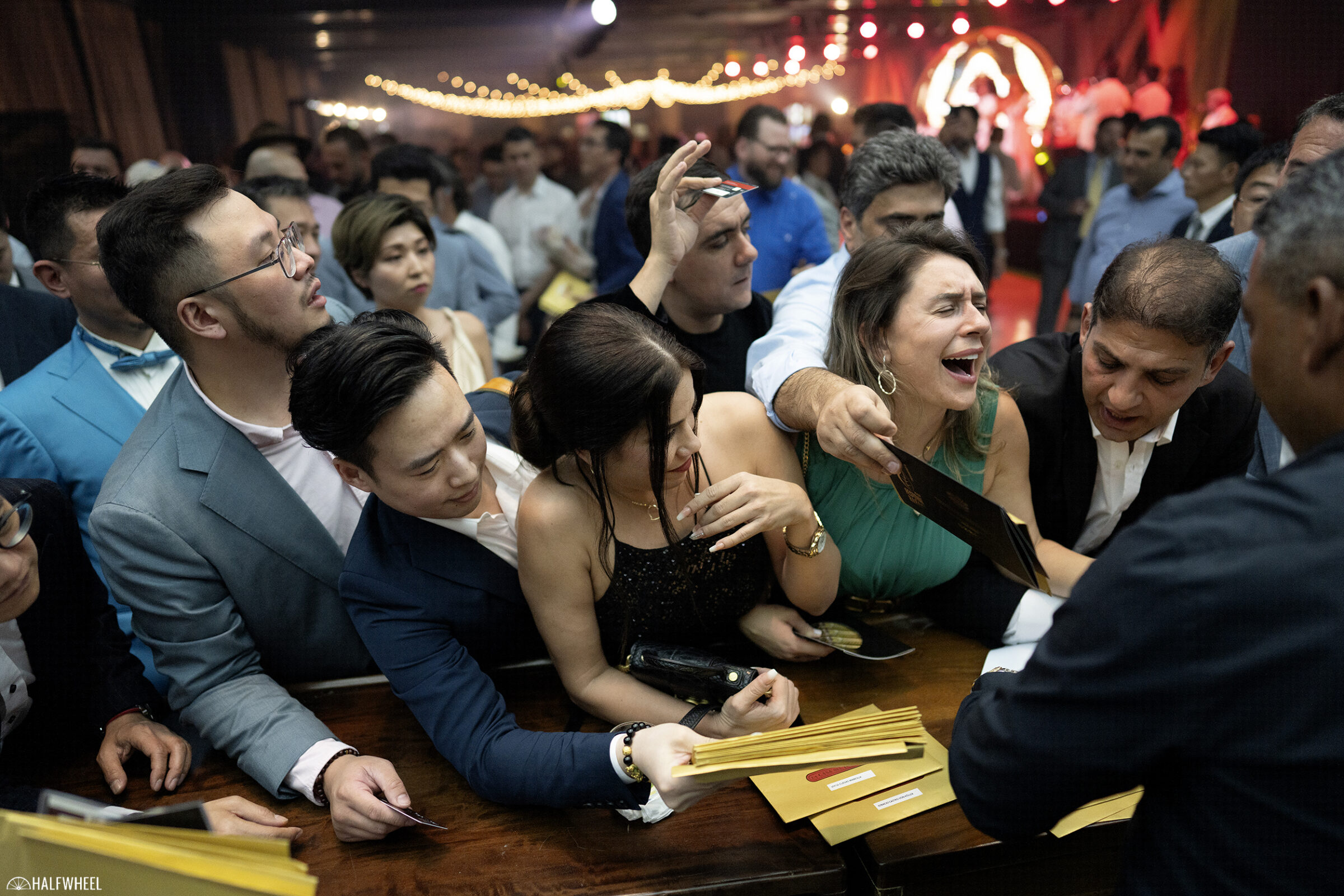
Making my way to the front of the line—my press pass and large lenses on two cameras come in handy quite a bit, and this was no exception—I saw immediately why attendees were freaking out: for the first time that I have ever heard of, Habanos S.A. was selling boxes of one of the cigars it had just released to people at the dinner, in this case, the Bolívar New Gold Medal.
Purchasers were limited to two boxes per dinner ticket and could only pay by credit card to a single person taking the money from people one at a time. This was problematic for American attendees in particular since American credit cards were not accepted and the boxes could not be purchased with cash.
People crowded around the purchasing booth for hours, jostling for a place in line to buy boxes before they sold out, although there were still some remaining when we left around 11 p.m. Interestingly, there was not much in the way of other entertainment for the rest of the night other than a couple of small musical groups, perhaps because Habanos knew that a large portion of the attendees would possibly by preoccupied by the process of buying those boxes of new releases before anyone else in the world could.
We finally left around 11 p.m. and drove back to the condo we are staying at, smoked a short cigar on the porch and went to bed in anticipation of visiting a cigar factory on Thursday.
This story is part of halfwheel’s coverage of the Festival del Habano XXIII, the 2023 edition of Cuba’s annual cigar festival. For more coverage of the festival, click here.

